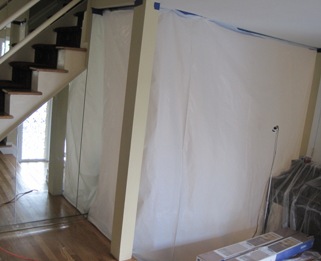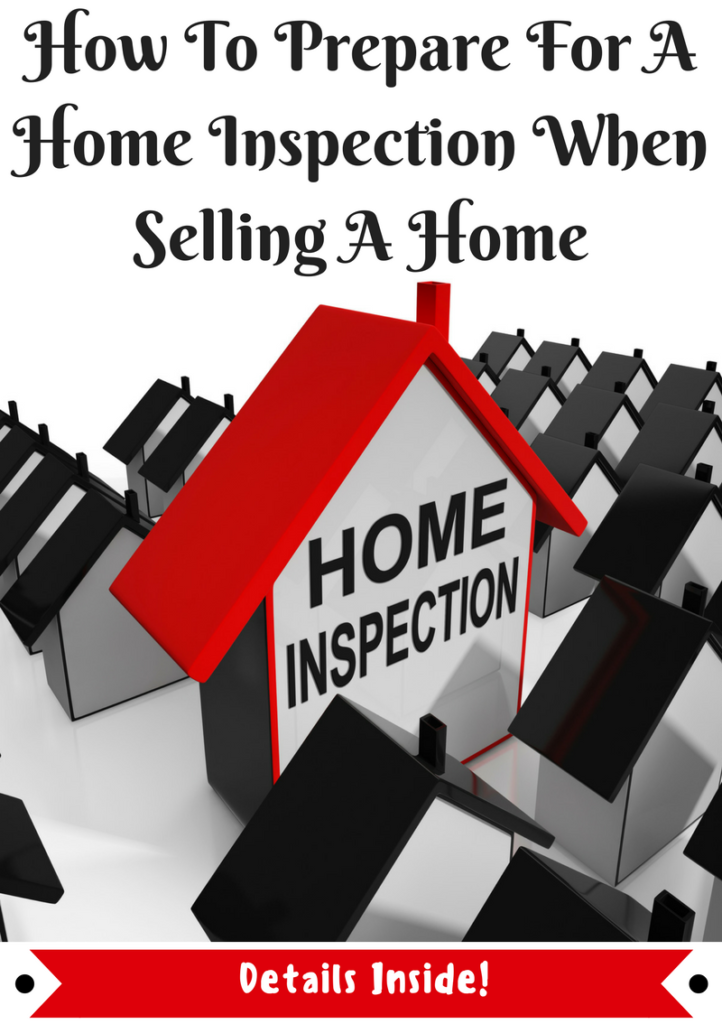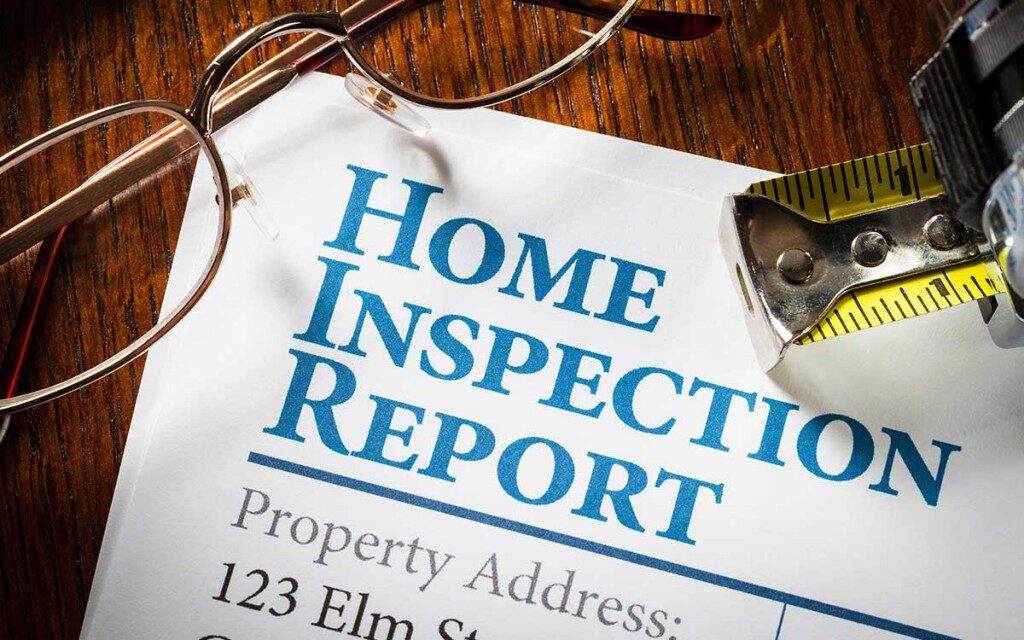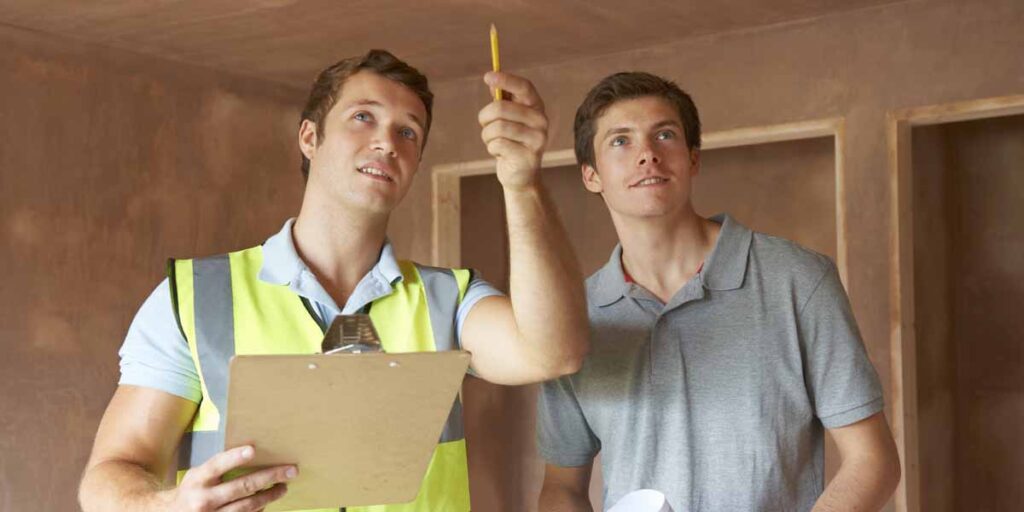Remediation and prevention of mold growth and water damage
Mold growth inside buildings can lead to adverse health symptoms in building occupants. Preventing or minimizing exposure to mold and its contaminants is essential to reduce indoor air-related symptoms in building occupants. If water damage or mold growth does occur, the removal of mold-contaminated materials and remediation of the moisture source is critical. The following guidelines are provided to reduce or minimize exposure to mold in buildings.
Building materials can become mold colonized as a result of chronic exposure to moisture. Measures to repair sources of water release or penetration into a building must be taken to prevent future damage to building components and materials.
Mold growth inside buildings
Mold growth in or on building components or materials stored within a building is considered a public health nuisance subject to enforcement action or removal by the Board of Health pursuant
Removal of mold contaminated materials
Mold contaminated materials should be removed in a manner to prevent cross contamination of clean areas of a building in order to minimize exposure to building occupants. Such removal should be done in a manner consistent with the most current guidelines established by the US Environmental Protection Agency document entitled “Mold Remediation in Schools and Commercial Buildings”.
Below grade space in public buildings
The conversion of below grade space in public buildings should not be done if that space is subject to chronic dampness. Existing below grade space should be inspected at least twice a year for evidence of water penetration or water damage of building materials after significant precipitation events. The results of inspections should be recorded in a log book. Information or evidence of mold/water damage in rooms and building components should be noted

A Step-by-Step Guide to the Professional Mold Remediation Process
What is Mold?
Technically, mold is everywhere. Mold has microscopic spores that float in the air, both indoors and outdoors, and the problem arises when those spores form a colony and grow in your home.
Mold thrives in moist environments. That’s why experts recommend keeping the humidity inside your home or office below 45 percent. But even then, certain areas of your home or building can become more susceptible. If you have a leaky pipe or a damp basement, these areas are going to be the likely culprits of a mold infestation.
The type of mold known as black mold can be especially toxic. The symptoms of black mold poisoning range from the unpleasant, such as sneezing and a runny nose, to far more serious issues such as immunosuppression.
How Do I Know If I Have a Mold Problem?
While a rampaging mold infestation is easy to see, mold grows best in damp, dark places, such as ventilation ducts or crawl spaces.
However, if you have had recent water damage, there is a good chance you have a mold problem. That’s because moisture combined with certain organic compounds found in both drywall and insulation make a great home for mold. That’s why when you do have water damage, experts generally recommend that the section of damaged drywall or plaster be completely replaced, rather than painted over.

Guide For Professional Mold Remediation
This document is written for use by those involved in the mold remediation industry, primarily for mold remediation companies and workers, and secondarily, for others who investigate or assess mold complaints, prepare remediation specifications, protocols or procedures, and manage remediation projects, (e.g., indoor environmental professionals (IEPs), other specialized experts) and finally, for other potential materially interested parties (e.g., consumers and occupants, property owners and managers, insurance company representatives, government and regulatory bodies)
The S520 is a procedural standard. It is based on reliable remediation principles, review of available scientific and industry literature and information and practical experience. In addition, there has been extensive consultation with, and information obtained from, numerous other sources. The Second Edition of the S520 has been updated and rewritten. An additional Chapter and Section have been added covering Building and Material Science, and an additional section has been added covering Equipment, Tools and Materials
This document supersedes the IICRC S520 Standard and Reference Guide for Professional Mold Remediation (S520 First Edition 2003, 2004 and 2008).” The ANSI/IICRC S520 Standard summarizes most of the significant and important procedures and methodologies of a mold remediation project, while the IICRC S520 Reference Guide restates and further explains those procedures and methodologies, and provides additional background information, which supports the Standard. Although the material in the Reference Guide does not carry the official status of a Standard, the two sections complement one another and should always be considered in tandem.
Mold Remediation in the Workplace
Course Outline
This three-hour online course provides guidelines for the procedures and measures taken for the mold remediation of offices and commercial buildings. The topics covered in the text include the causes of indoor mold problems, sources and types of mold, guidelines for cleanup of buildings having or not having mold growth and how to determine if the mold remediation and cleanup has been finished successfully. The course presents methods and recommendations to identify and measure sources of mold; mold growth related health effects, ways to reduce exposure and methods for mold prevention. The course covers several links and references to informative sources and resources covered in the text topics.
At the conclusion of this course, the student will:
Understand the causes and sources of indoor mold problems in the workplace;
Be familiar with the health risks of exposure to mold in buildings and understand how to identify mold problems;
Be familiar with steps and measures to take if there are indications of mold problems in a building;
Be familiar with reference information and resources for mold contamination by sources, health effects and measures typically taken to reduce exposure to the building occupants;
Understand the importance of building management and maintenance necessary to prevent remediation of mold problems;
Be able to evaluate a mold remediation plan, to determine whether it can be done in-house or out sourced and to determine who can best manage the remediation and cleanup work;
Understand measures to take to protect the health of building occupants and remediation workers during remediation/cleanup activities;
Understand the principles of mold sampling, types of samples and key requirements for sampling and whether sampling is necessary; and
Be familiar with the types of molds and toxic molds.
Benefit to Attendees
The student will become familiar with the causes of mold, health risks, which people are more susceptible and suitable actions to take for indoor mold problems. Information is provided on how mold problems are identified and pollution levels are evaluated. The basic methods for improving indoor air by controlling the sources of water, moisture and ventilation are discussed. The student will consider the principles of mold sampling and requirements for taking samples. Reference sources are provided for additional information pertaining to indoor air problems, health effects linked to the molds and appropriate steps for reducing the exposure to occupants and remediators.
Course Introduction
Molds can be found anywhere and are important for breaking down matter. When found indoor mold presents health problems to the occupants and cause destruction of building materials, building structures and furnishings. The text for this course was prepared by the Occupational Safety & Health Administration (OSHA) as a guide to assist building professionals, building managers and others interested in improving building air quality. Many organizations, governmental and private industry, have published documents for guidance in mold remediation
It should be noted that for mold remediation to succeed not only must visible mold be removed but any moisture problems, which promote mold growth, must also be corrected. Hidden mold must also be considered. The goal of the course is to understand the causes of mold growth and the effects on indoor air quality of buildings. The recommended methods used to reduce adverse health problems that affect the welfare and performance of the building occupants are discussed.
Mold Remediation Step-By-Step Guide
We’d like to offer you a brief mold remediation step-by-step guide, but please keep in mind, that removing mold can be an incredibly complex task. If you have mold that covers a surface areas greater than ten square feet, or if you have mold in your HVAC system, the Environmental Protection Agency recommends hiring a mold removal professional to handle the job. If you have any health problems, especially respiratory problems, it’s also best to hire a professional so you don’t expose yourself to greater health risks.
Locate All Mold
There’s really no point only removing some of the mold in a home. If you miss even a little bit, it will simply grow and spread and soon you’ll have a full-blown mold problem on your hands again. We recommend having a professional test your home for mold, but there are also tests you can purchase and conduct yourself. (Professional tests are more accurate and detailed). Check for mold in every room of your house, paying particular attention to any damp areas and any areas that have a musty odor. Keep in mind that mold can be found growing under carpet or other floor coverings, above ceiling tiles, inside walls, and inside heating and air conditioning ducts.
Assemble Your Supplies
While some people use bleach to clean up mold, we recommend purchasing a fungicide like Foster 40-80. You’ll also need sheets of heavy plastic and tape to seal off your work area, heavy plastic bags for removing moldy materials, an N-95 face mask, gloves and other protective clothing, a spray bottle of water, and a scrub brush or rag for cleaning moldy surfaces. You may also need disposable paint brushes and a product for encapsulating mold, like Foster 40-50. We also recommend a vacuum with a HEPA filter, especially if you’re performing mold remediation over a large area. In addition, you’ll need whatever tools and materials are necessary for removing and replacing moldy materials that cannot be cleaned, such as new drywall or new carpeting and the tools to install it.
Prepare the Work Area
Remove any personal items from the area, or if items cannot be removed, cover them completely with sheets of heavy plastic so they do not become contaminated with mold. To prevent the spread of mold spores from your work area to other areas of the home, seal off the area in which you will be working with sheets of heavy plastic and duct tape. Tape plastic over any heating or air conditioning vents, as well.
Set Up Air Pressure in The Work Area
Negative pressure in the work area causes air to flow out of that area, usually outdoors, thereby preventing airborne mold spores from spreading to other areas of the home. You don’t have to set up negative pressure in the work area but it’s a good idea, especially if you’re dealing with a large amount of mold. You can create negative pressure with a high performance shop vac. After using sheets of heavy plastic to create barriers around your work area, put the shop vac with intake and exhaust hoses attached in the work area. Make a small hole in one of the plastic sheet barrier walls and extend the exhaust hose through the hole and out the nearest window. Use duct tape to seal the opening around the hole in the plastic sheet barrier wall and around the window.



